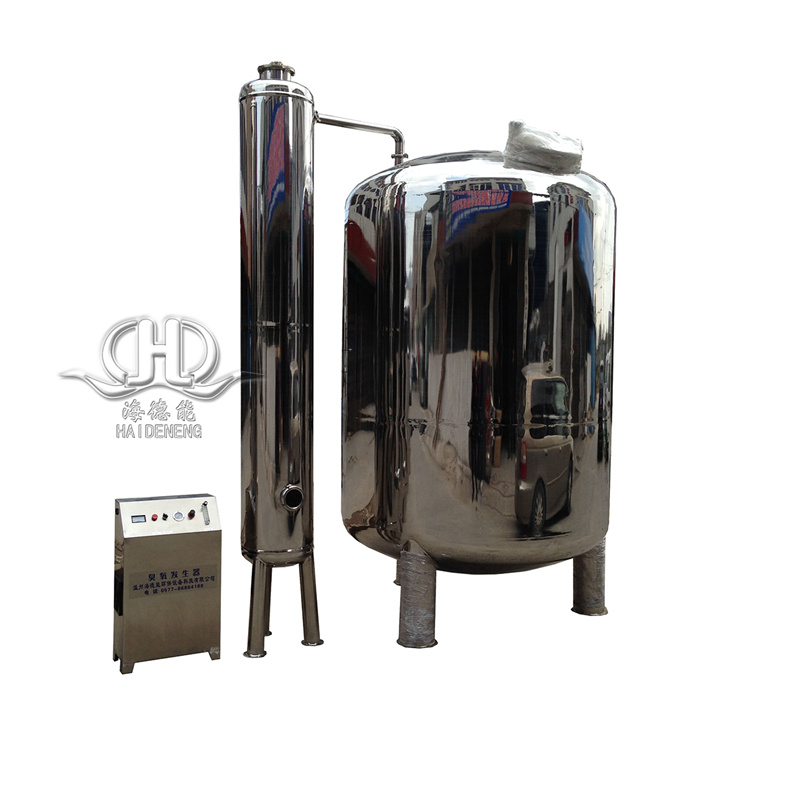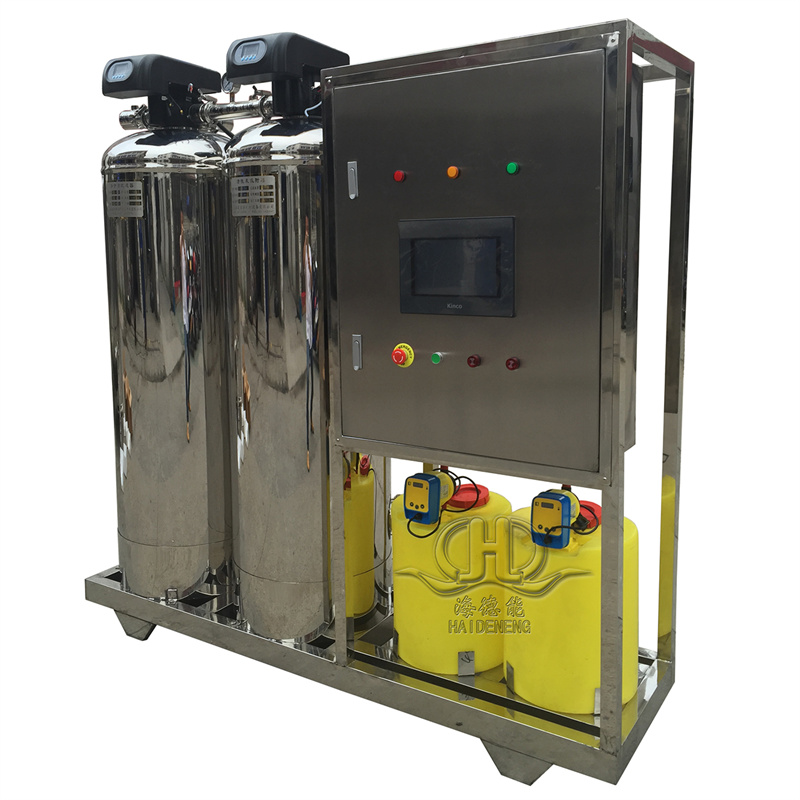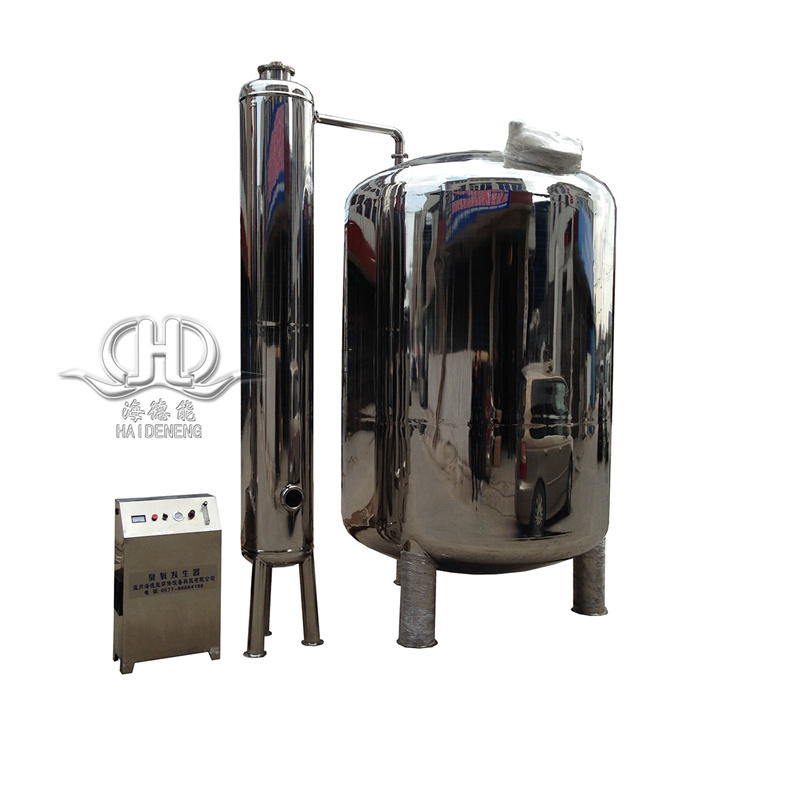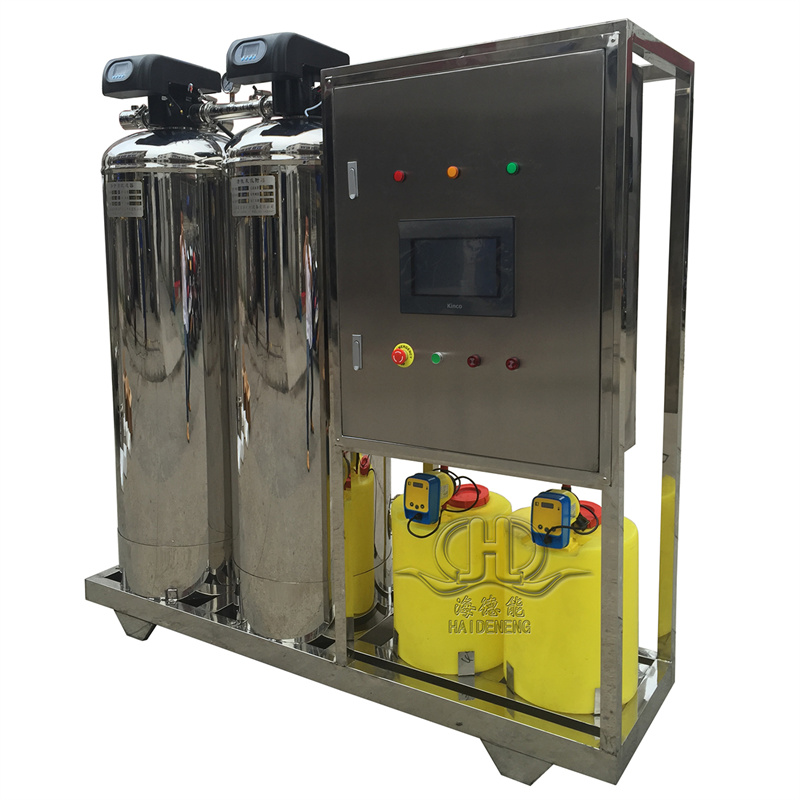Rain Water Harvesting Reverse Osmosis Filtration System Economic Machine Salt Water Treatment Reduce Salinity Purifier System
Product description
Rainwater Harvesting with Reverse Osmosis (RO) Filtration System
Rainwater harvesting combined with a Reverse Osmosis (RO) system provides a sustainable solution for producing clean, potable water from collected rainwater. This method is especially useful in areas with limited freshwater resources or contaminated groundwater. Below is a detailed breakdown of how such a system works, its components, benefits, and considerations.
1. System Overview
A Rainwater Harvesting + RO Filtration System typically includes:
A. Rainwater Collection & Pre-Treatment
1. Catchment Surface(Roof/Gutters) – Collects rainwater.
2. First Flush Diverter – Discards initial contaminated runoff.
3. Storage Tank – Stores filtered rainwater (preferably dark/UV-resistant to prevent algae growth).
4. Pre-Filtration– Removes debris, leaves, and sediments (e.g., mesh filters, sand filters).
B. RO Filtration System
1. Booster Pump – Provides adequate pressure (50–100 psi) for RO filtration.
2.Sediment Filter (5–10 µm) – Removes fine particles.
3. Activated Carbon Filter – Adsorbs chlorine, organics, and odors.
4. RO Membrane (0.0001 µm) – Removes dissolved salts, heavy metals, bacteria, and viruses.
5. Post-Treatment (Optional)
UV Sterilization – Ensures microbial safety.
Remineralization Filter – Adds essential minerals (Ca, Mg) for better taste.
6. Clean Water Storage Tank– Holds purified RO water.
C. Waste Management
RO Reject Water (Brine) can be reused for irrigation, toilet flushing, or cleaning.
2. Benefits of Rainwater + RO Filtration
Sustainable Water Source – Reduces dependence on municipal/groundwater.
High-Quality Drinking Water – RO removes up to 99% of contaminants, including:
Heavy metals (lead, arsenic)
Bacteria & viruses
Pesticides & dissolved salts
Cost-Effective in Long Term – Lower water bills & reduced plastic bottle usage.
Environmentally Friendly – Minimizes water waste when reject water is reused.
3. Key Considerations
Rainwater Quality Varies– Air pollution, roof material, and bird droppings can affect initial water quality.
Pre-Filtration is Critical – Without proper pre-treatment, RO membranes can clog quickly.
Energy & Maintenance– RO requires electricity (for pumps) and periodic membrane cleaning/replacement.
Water Storage Safety – Tanks must be sealed to prevent mosquito breeding & bacterial growth.
4. Applications












